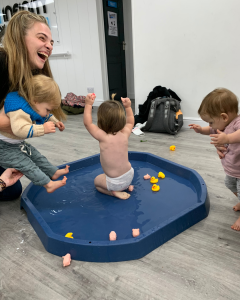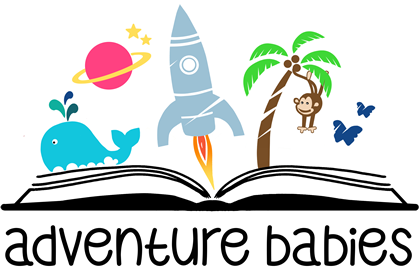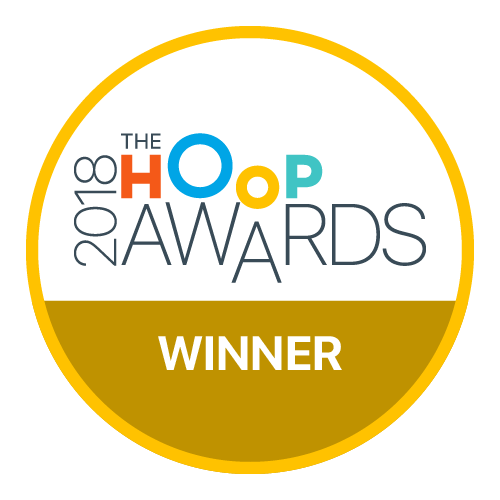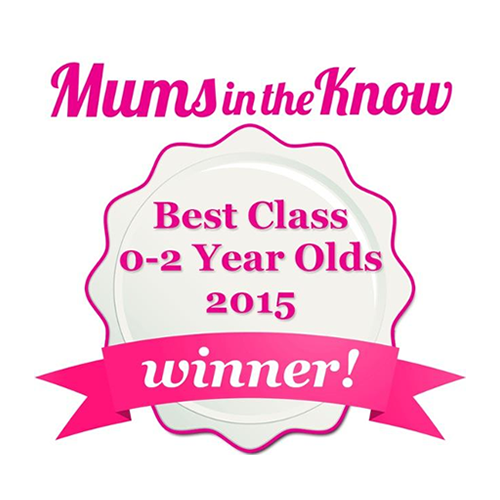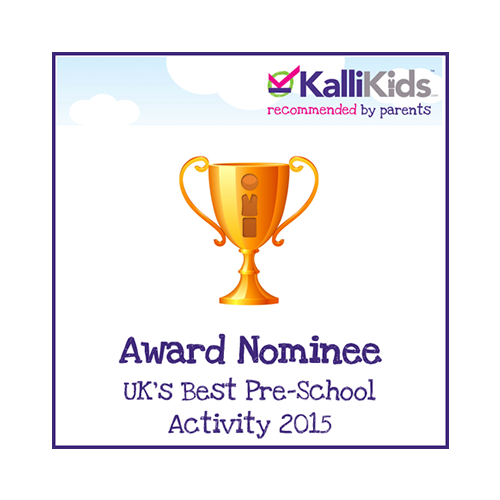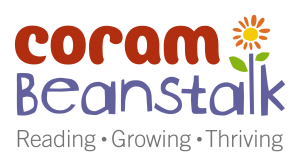Milestones Meet Magic: What Crawling Has to Do with Storytime
Ever wondered what crawling has to do with storytime? Or why your baby’s wobbly attempts at tummy time might be laying the groundwork for loving books? It turns out that those little physical leaps your baby makes—rolling, sitting, crawling, grasping—aren’t just motor milestones. They’re brain-builders. And when you start exploring baby crawling development activities, you’ll quickly realise they do far more than just get your little one from A to B.
At Adventure Babies, we link these early movements with magical storytelling experiences—because babies learn best when their whole body (and brain) is engaged.
Let’s connect the dots between movement and story magic—and share a few surprising facts that might just make you see your baby’s development in a whole new light.
🚼 Baby Crawling Development Activities: The Secret Brain Boosters
When your baby starts crawling, they’re doing more than just getting mobile. Crawling activates both sides of the brain in a way that boosts coordination, problem-solving, and even language development.
That’s because crawling is a cross-lateral movement—meaning opposite limbs move together (left arm, right knee, etc.). This action builds connections between the two hemispheres of the brain, which are vital for later skills like reading and comprehension.
In our classes, we gently encourage babies to crawl toward textured story props, peek under scarves, and move through sensory tunnels—making sure baby crawling development activities are fun, purposeful, and full of storytelling wonder.
✋ Little Known Fact #2: Grasping Helps with Story Holding
Your baby reaching for a soft puppet or clutching a crinkly page? That’s not just cute—it’s important.
Grasping helps develop fine motor skills and hand-eye coordination, which are crucial for eventually turning pages, pointing to pictures, and holding crayons (hello, future masterpieces!).
Our sessions include carefully chosen props that babies are encouraged to explore. Every grasp, grab, and gentle gnaw works those tiny finger muscles—and lays the foundation for early literacy.
🤸♀️ Little Known Fact #3: Tummy Time Builds Visual Tracking
Babies who’ve mastered tummy time are better at lifting their heads and tracking movement across their field of vision. Why does that matter? Because following the movement of a storybook character or your finger across a page relies on those same visual skills.
In our classes, we often combine tummy time mats with visual storytelling elements—floating bubbles, moving puppets, light play—giving babies something captivating to focus on while they build that neck strength and visual coordination.
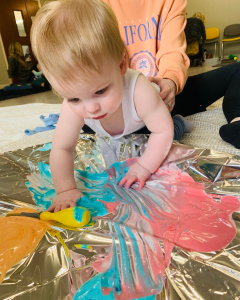
📚 Movement + Stories = Brain Boosts
Here’s the magic bit: when babies move while listening to a story, they engage multiple areas of the brain at once—motor, auditory, emotional, and visual. This creates deeper learning and memory-making.
That’s why we build physical play into every story we tell. Whether it’s crawling through a tunnel, patting a rhythm on a drum, or reaching for the stars in a rocket-themed tale, our sessions are designed to make movement meaningful—and stories unforgettable.
🧠 Did You Know?
-
Babies who practice crawling tend to have better handwriting skills later on (thanks to all that shoulder and core strengthening!).
-
Encouraging a baby to reach across their body during play helps develop bilateral integration—a fancy term for using both sides of the body together, key for tasks like reading and dressing.
-
Moving to rhythm (even just a baby bop!) has been linked to improved early speech skills. Our story-based songs are doing more than you think!
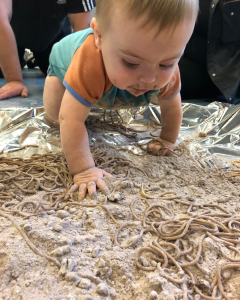
Come See Baby Crawling Development Activities In Action
At Adventure Babies, our sensory storytelling classes are thoughtfully crafted to match your baby’s physical milestones with meaningful, magical experiences. If you’re exploring baby crawling development activities and looking for ways to support your baby’s next stage, our sessions are a joyful, supportive space to do just that.
If your baby is between 5 and 18 months, they’re right in the sweet spot where every movement—every roll, crawl, and grasp—opens a door to new learning.
Curious minds build clever babies.
And sometimes, the best brain workout starts with a story and a little bit of crawling.
